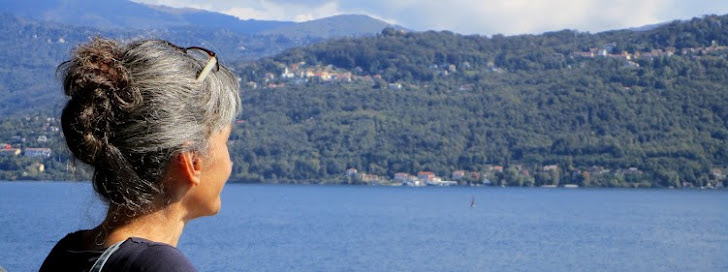On
TheBrain page they say: "With PersonalBrain you're never more than a few seconds away from any piece of digital information. Web pages, documents, images, notes... From people and projects to ideas and task lists, it's all there in an instant." What are the assumptions behind this declaration?
- You always have with you the hardware needed for access;
- You have the software installed in all the hardware you carry with you, when you need to access;
- You always have internet access, to use the software installed in all the hardware you have with you, when you need to access;
- You will have time to edit all your pieces of digital information with «PersonalBrain» and send always the last version of that «brain» to all the hardware gadgets you use when you need to access it;
- You will never run out of battery/energy when you need to access!
Even without discussing and going into «Knowledge Management Software» (*), there's a lot of «layers» one needs to have in order to use that metaphoric «digital brain». With paper mind maps, even a paper restaurant towel or napkin will do. This to say, like many other surrogate IT tools we find, sometimes the number of layers needed for using them, make them far more expensive and time consuming, then their counter more traditional tools.
Forgot to mention, I'm a user of mind maps. Read about radial thinking (Buzan & Buzan), started mind mapping in 1999, using paper, pen and colors, and around 2002 also started using software. In 2005 even gave workshops for people interested in mind maps in my working place. So I guess I can be considered a fan of mind maps. The immediacy you get with paper and pen is not substituted with digital equivalent canvas for mind mapping. But the ease you get when in need of changes and the added value of incorporating digital files and links, it's very easy to do. Any how, they complement but do not substitute each other.
(*) Mind maps, either paper and pencil or digital, are «tools» to help us visualize our ideias and connect them. They try to mirror the way our brains organize information, in what's is called radial thinking. Mind maps and concept maps are not the same thing. Mind maps are organized in branches, like a tree. Concept maps, do not follow a tree structure to organize information, but instead show connections between concepts. The effort you put into constructing them, according to your personal knowledge, is what makes them so powerful to visualize all the connections in what can be just a page! But you'll have to do it, or else you'll have just a catalog or reference work that you still do not know what's inside.












